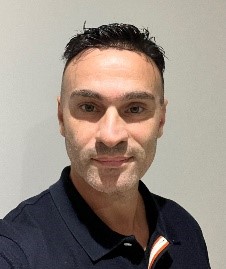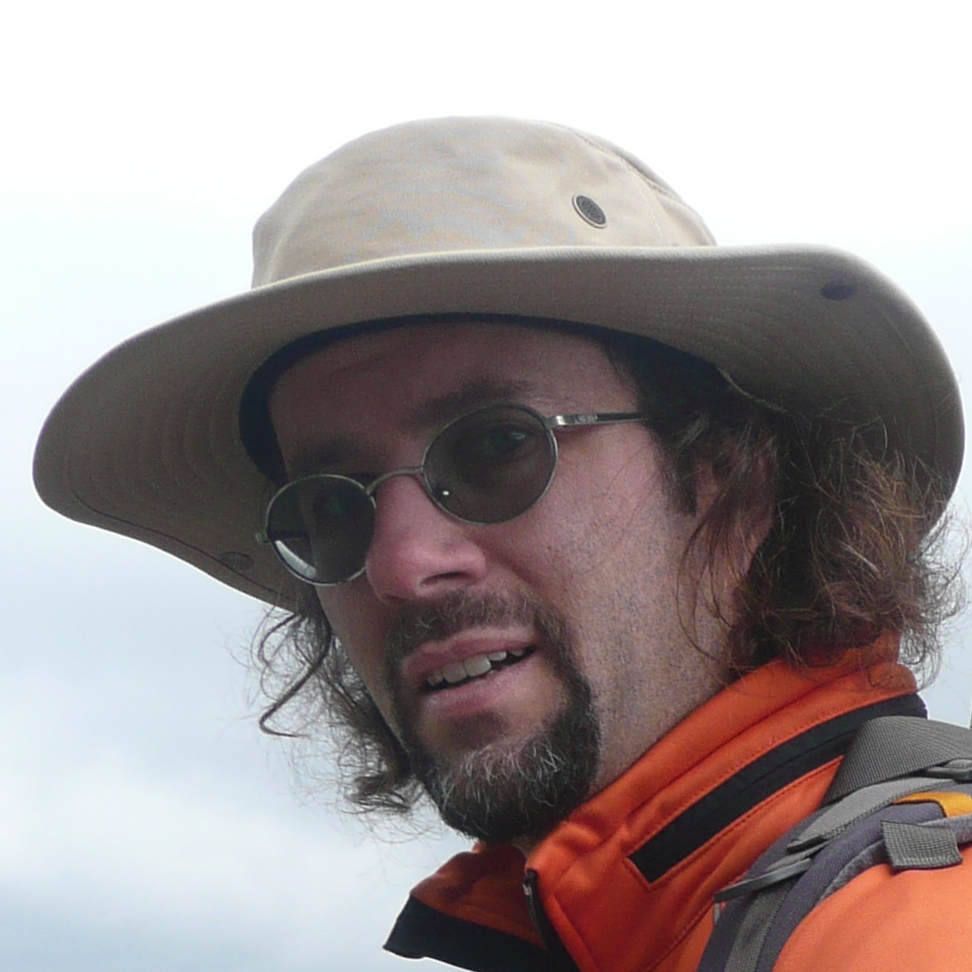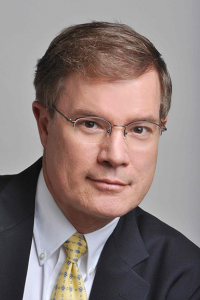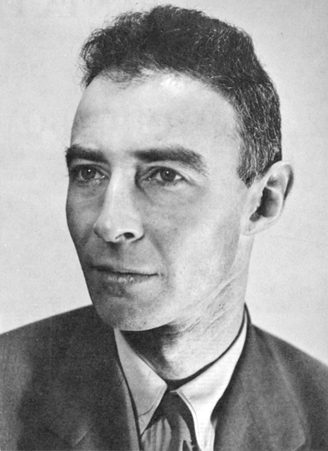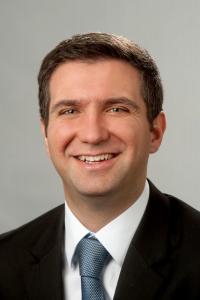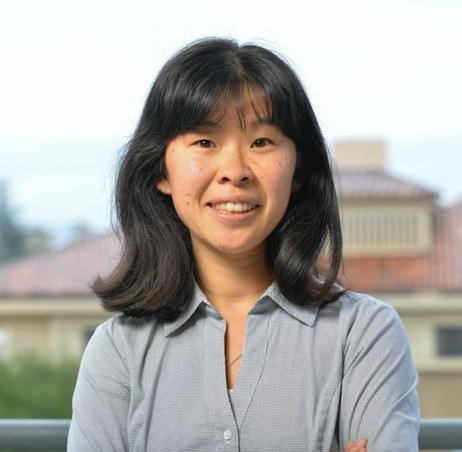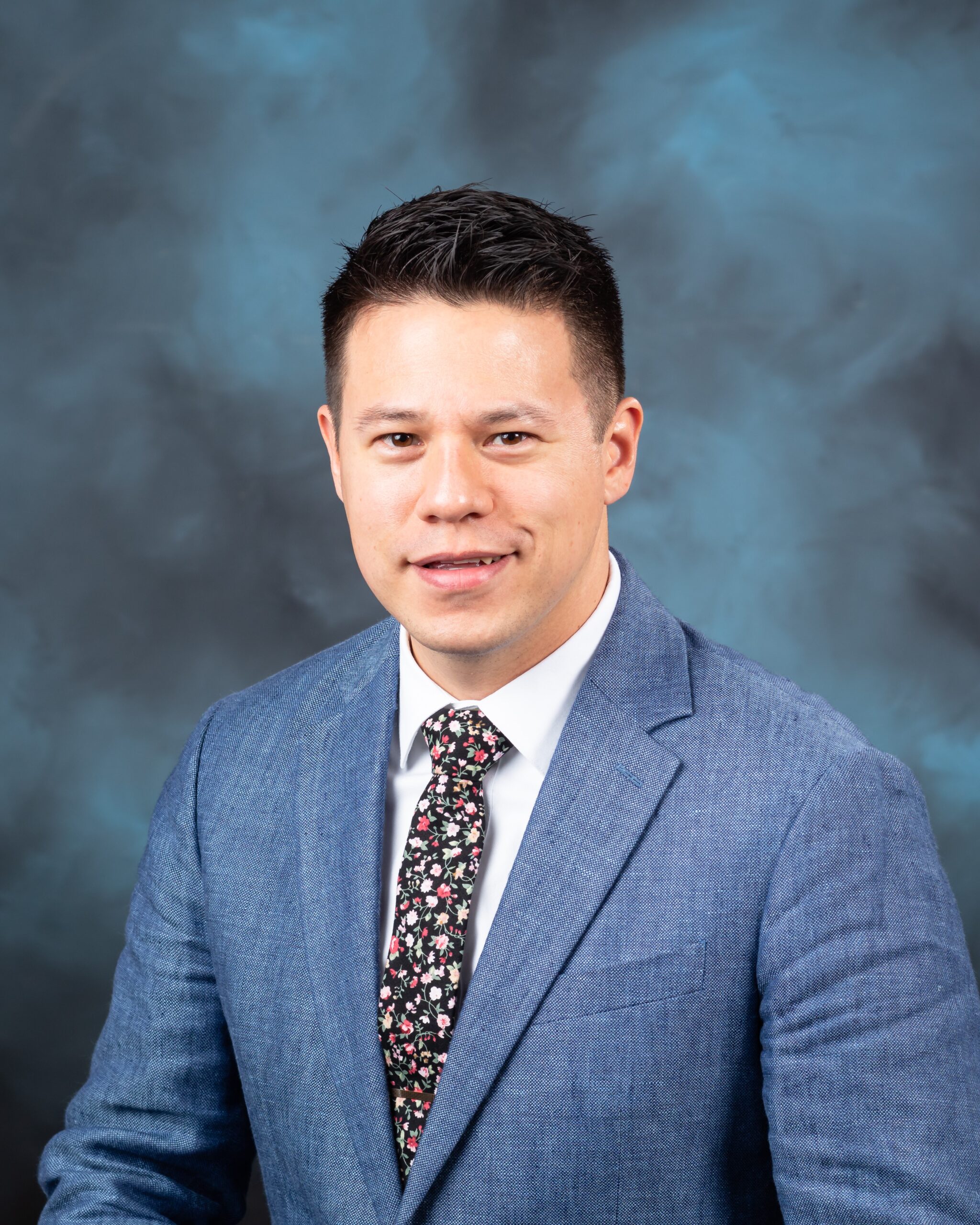Radiation damage studies in metals and metal/oxide heterostructures through in-situ TEM
3105 Etcheverry Hall 3105 Etcheverry Hall, Berkeley, CA, United StatesDjamel Kaoumi Associate Professor of Nuclear Engineering at North Carolina State University Abstract: When coupled to an ion beam accelerator, the spatial resolution of Transmission Electron Microscopy makes it an invaluable imaging technique to track the real-time response of microstructure under irradiation, shedding light on the mechanisms of formation and growth of defects in materials. …

